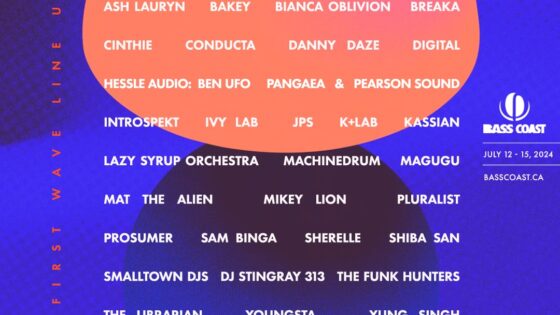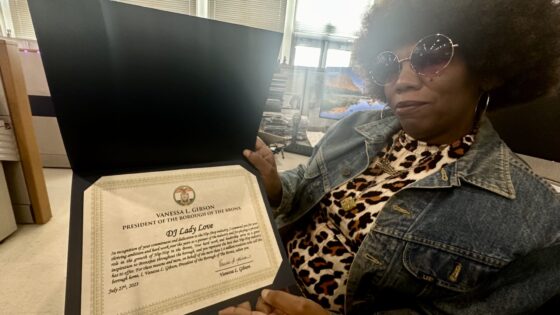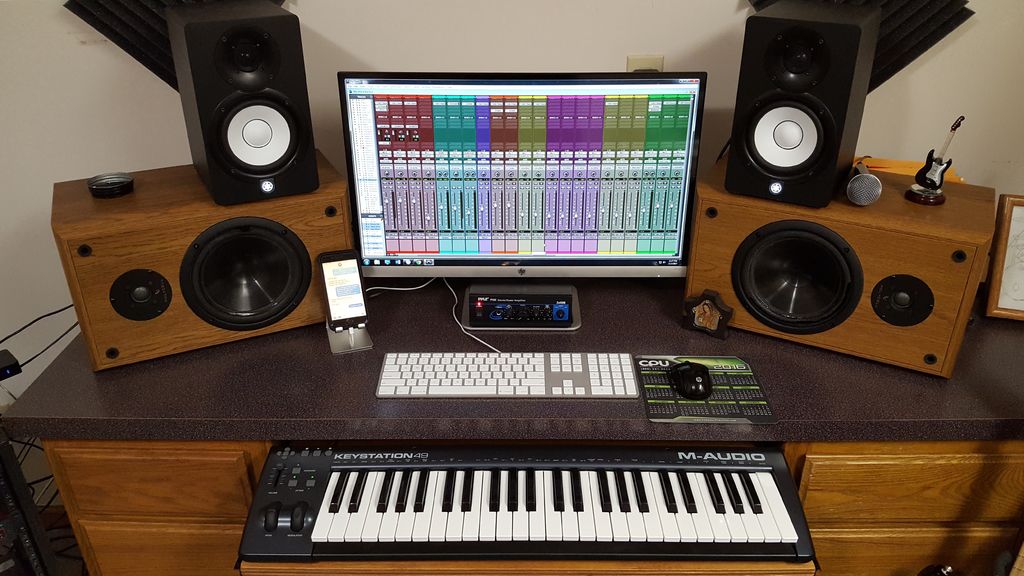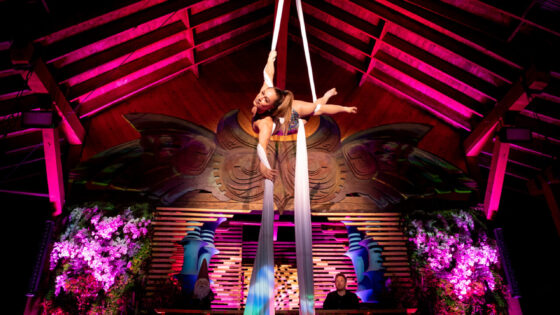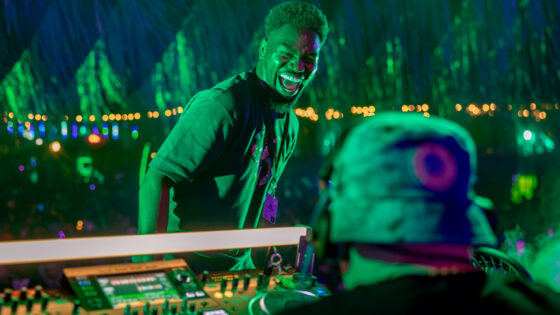While it’s easy to think that quality home studios require you to spend thousands on gear, that’s a common, widespread misconception. Equipped with a computer, DAW, a microphone, studio monitors or headphones, you should have more than you need to get started producing music. Thanks to dramatic developments in music technology over the last 10 years, all of these items are extremely affordable on most budgets.
There are tons of DAWs on the market these days, but our favorites for Mac and PC have remained the same for years. We recommend Ableton or Logic for those using Mac; they have amazing instruments and FX, requiring no additional plugins or VSTs to get started making professional tracks.
PC users are less limited in their options — we recommend checking out FL for its similarly comprehensive user library and collection of instruments and FX. You can also use Ableton with PC if you desire. Bitwig, Reaper, and Reason are all worth checking out as well if you don’t vibe with the DAWs we mentioned before. However, most DAWs are functionally the same these days despite drastically different GUIs.
The Behringer U-Phoria UMC404 is our favorite low-cost audio interface. Featuring four inputs and four outputs, the UMC404 is an excellent choice if you’re a self-recording musician with a minimum of outboard gear. With four MIDAS-designed mic pres and HQ 24-bit/192kHz conversion to the mix, the UMC404 is the perfect interface for most smaller project studios. This is a professionally-minded product with an extremely reasonable price of $150.
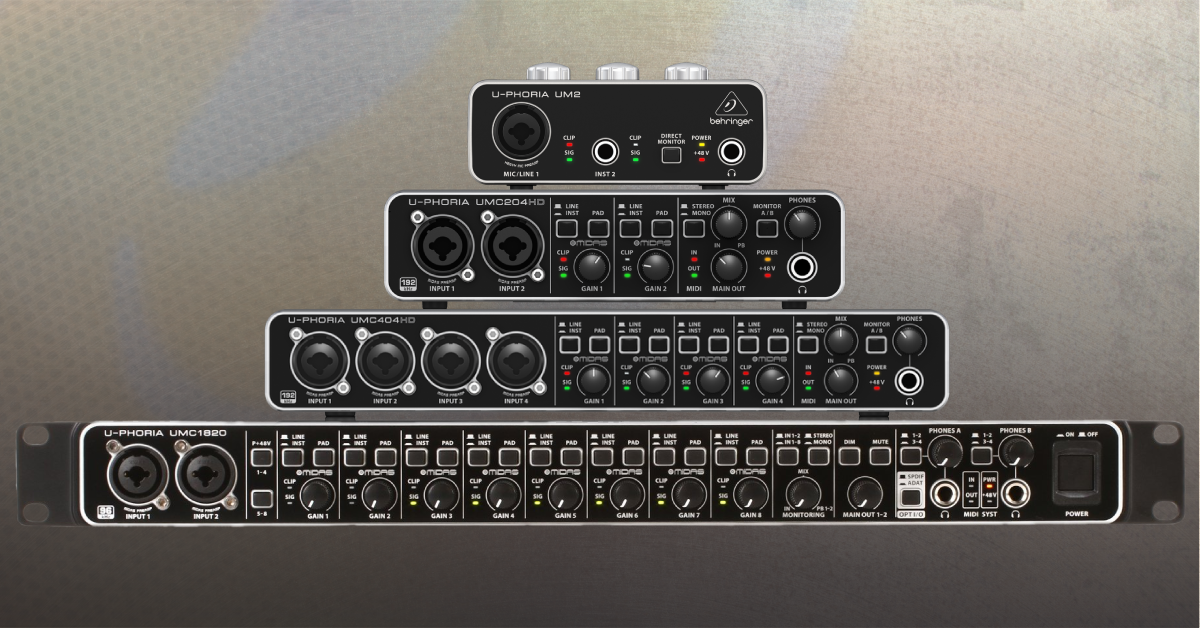
Behringer also has other audio interfaces that will better suit smaller or larger studios! (Photo Credit: Sweetwater)
While many enthusiasts recommend the famous Shure SM57 as the first microphone to pick up for a studio, we actually advise against it. The SM57 is a legendary mic but on most vocals it’s not great- it usually sounds best for recording snares. We recommend the Audio Technica AT2020 which is a phantom-powered condenser microphone.
This natural-sounding microphone is like a clean slate, perfect for editing with EQ, compression, reverb, and delay as desired. However it’s also worth mentioning that the AT2020 is very sensitive, so it may be worthwhile to pair it with a pop filter.
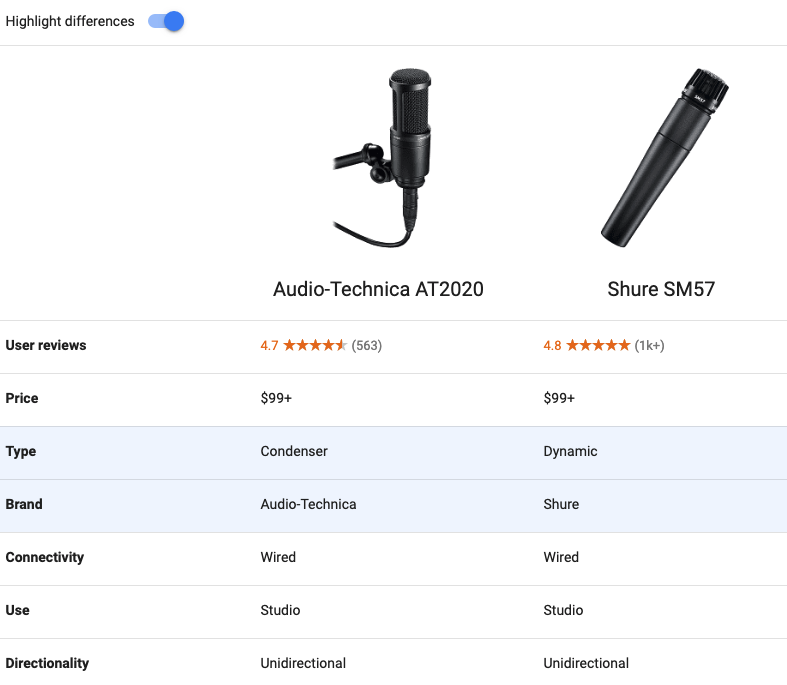
Studio monitors are arguably one of the most important parts of a music studio, but they can cost a lot of money and can be difficult to interface in small rooms. For these reasons, we recommend the Kali Audio LP-6. The LP-6 also has a robust, yet easy-to-use, boundary EQ to help adjust your speakers to your room without any additional EQ’ing on your computer or through a program like Sonarworks. These different EQ profiles are complemented by clear diagrams.
Important things happen in Pacific Northwest nightlife, and DMNW will send you alerts!






